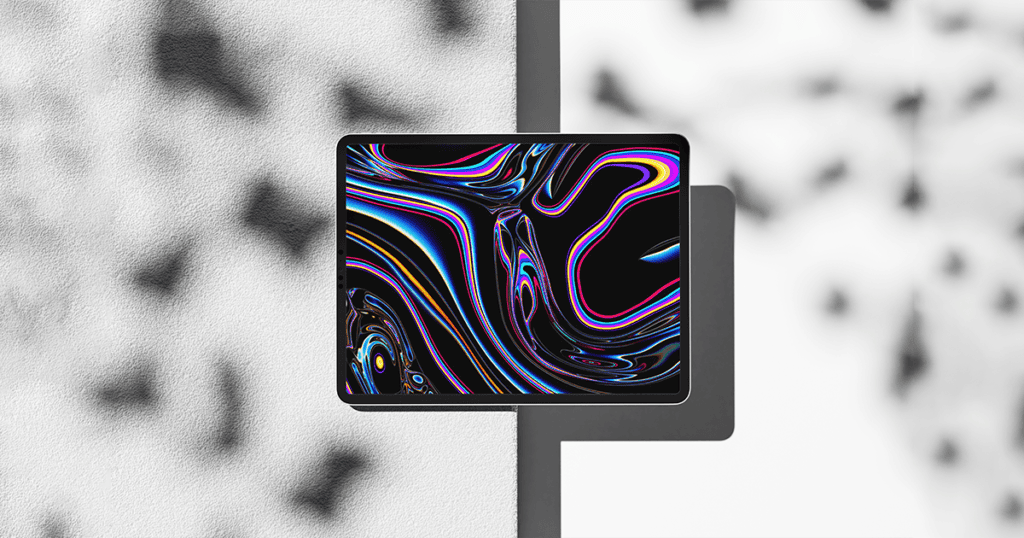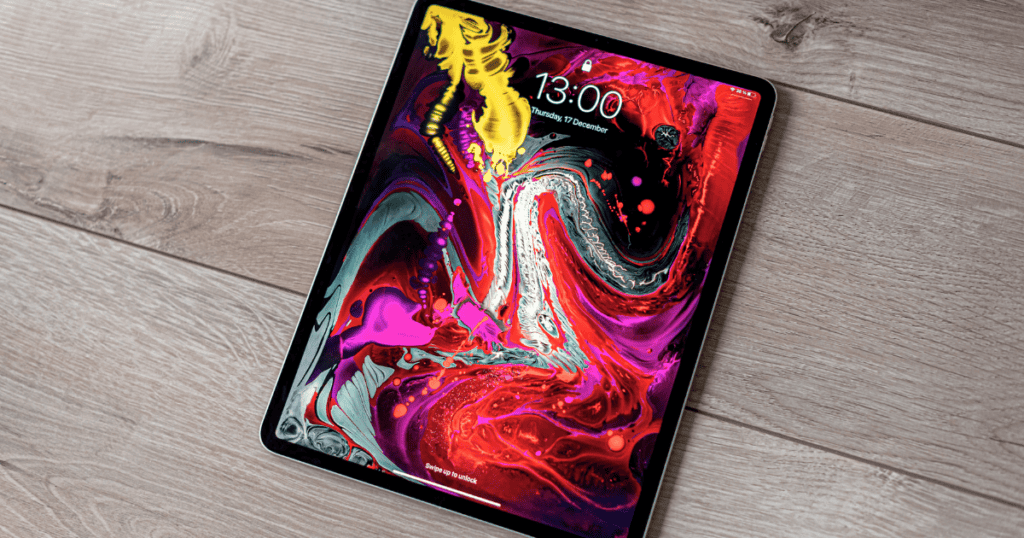Apple’s latest M4 iPad Pro models, released earlier this year, offer a new display option: nano-texture glass, aimed at reducing glare.
What is Nano-Texture Glass?
Originally introduced with Apple’s Pro Display XDR, nano-texture glass is etched at a nanometer scale. This technology is designed to maintain image quality while scattering ambient light, thus minimizing glare. Apple describes this as their most matte display, particularly beneficial for high-end, color-sensitive workflows and environments with challenging lighting.
Cost and Availability
This is the first time nano-texture glass is available as an option for an iPad, previously reserved for Apple’s Studio Display and Pro Display XDR. This premium feature adds $100 to the price of the standard glass and is available only on the 1TB or 2TB models of the iPad Pro. Consequently, the starting price for an 11-inch iPad Pro with nano-texture glass is $1,600.
For the larger iPad Pro, opting for nano-texture glass means spending at least $1,999, which includes the base cost of the 1TB model plus the $100 for the glass upgrade. This upgrade targets professional users with specific needs and might not be necessary for everyone.
Performance and Use Cases
Nano-texture glass significantly reduces glare, but this comes at a cost to the display’s contrast and sharpness. This trade-off makes it ideal for specific professional workflows where reducing light interference is crucial. Additionally, the textured surface of the nano-glass provides a better feel for writing with an Apple Pencil, though those focused on writing might prefer alternatives like Astropad’s Rock Paper Pencil.
Care Instructions
Special care is required for nano-texture glass. Apple recommends using only the polishing cloth included with the iPad Pro, as other cleaning materials could damage the display. This additional care step is crucial for maintaining the display’s quality over time.
MacReview’s Take
The nano-texture glass upgrade is a premium feature aimed at professionals who need advanced glare reduction. While the higher cost and special care requirements might not be suitable for every user, those who work in environments with challenging lighting conditions may find it invaluable. Weighing the benefits and drawbacks is essential for anyone considering this upgrade.




